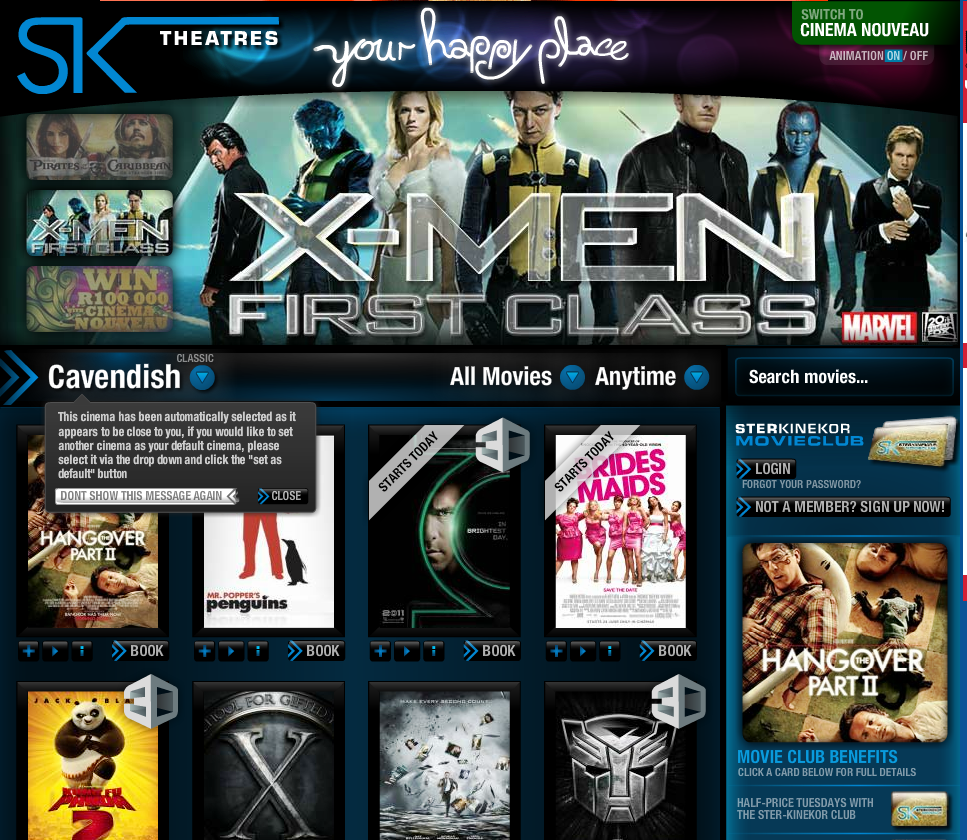A couple of weeks ago our 2-year old daughter threw my wife’s phone in the swimming pool. The resulting journey through the Vodacom customer service labyrinth to replace the phone was frustrating, but it also gave me a new level of understanding and empathy for the immense challenges of providing customer service to hundreds of thousands of people.
This is an article about social media, customer support channels, and the principles every company should establish in their culture to serve their customers better. And (spoiler alert!) I do manage to get a new phone for my wife.
“Umm, So, Our Daughter Threw My Phone In The Pool”
What’s most surprising about getting a call about my wife’s phone suddenly finding itself at the bottom of our pool is how completely nonplussed I was about the whole thing. When you become a parent the kinds of things that upset you change significantly. I think I’ve discovered a pattern: if there is no blood involved, there’s really no reason to get upset. So after establishing that there was no blood involved, I proceeded to the next step – trying to replace the phone.

